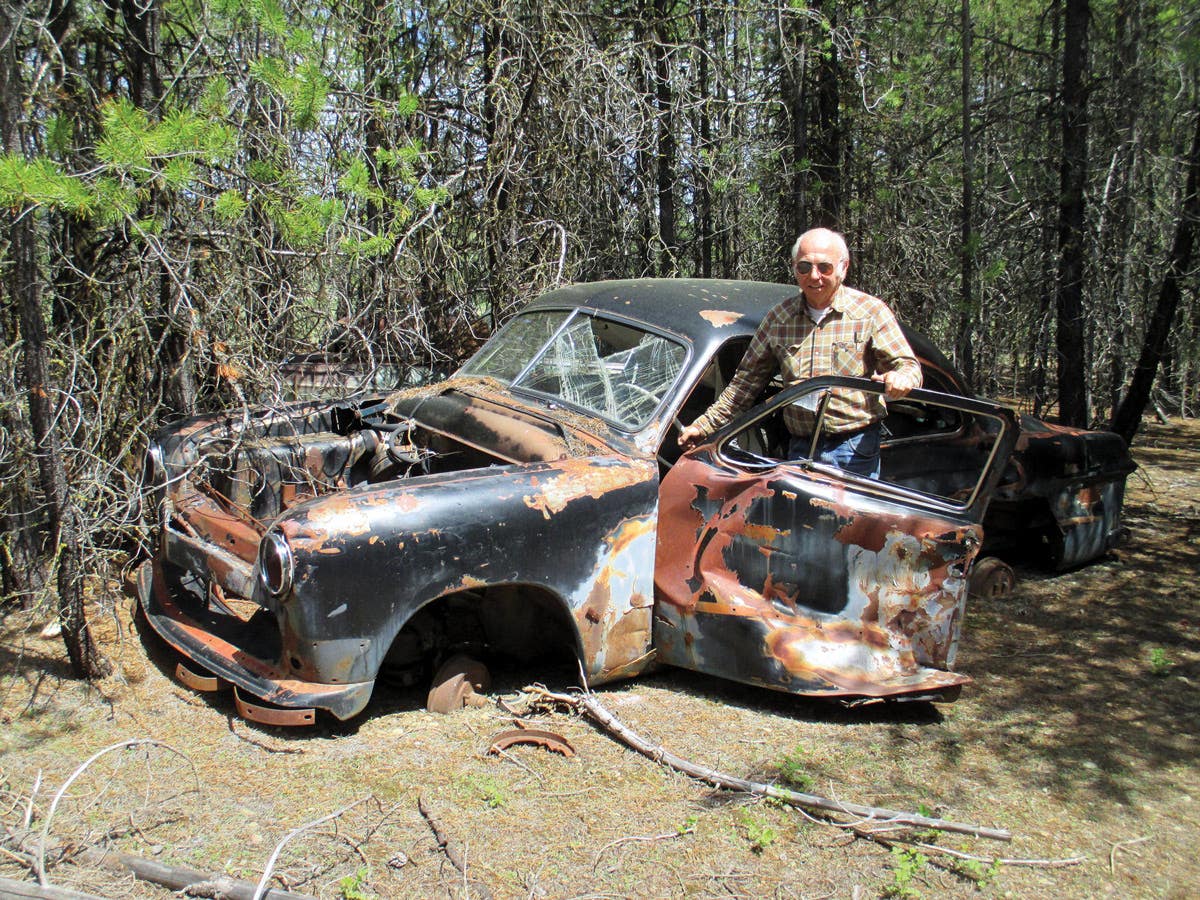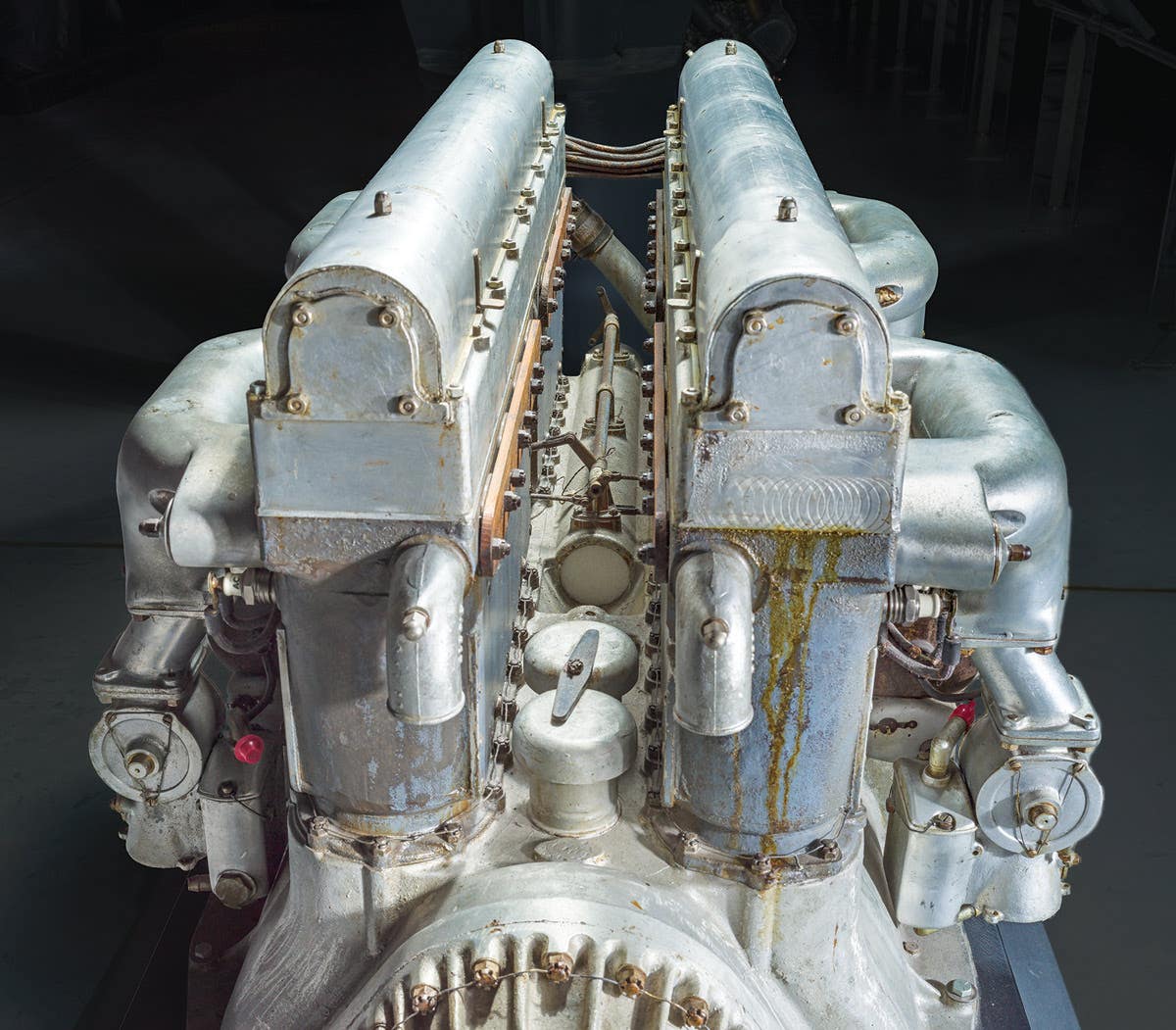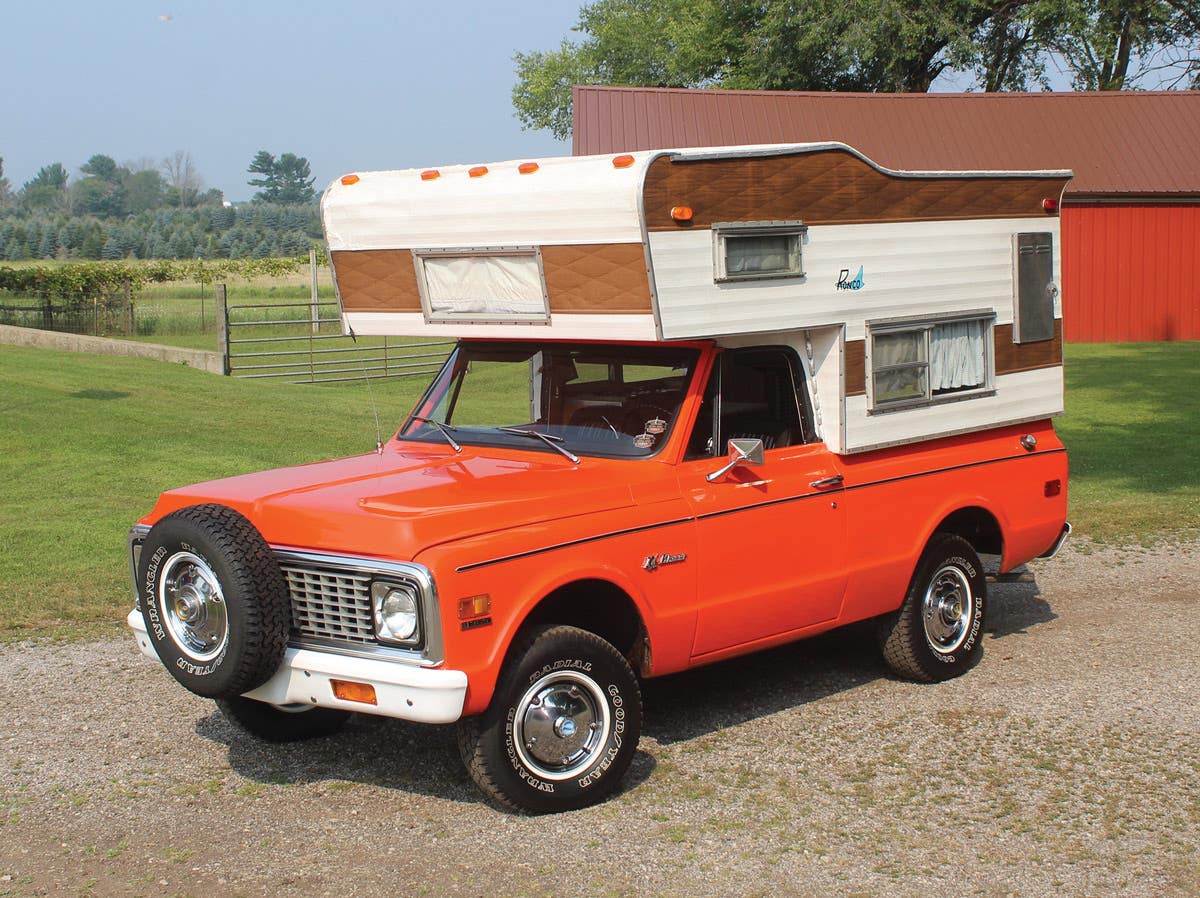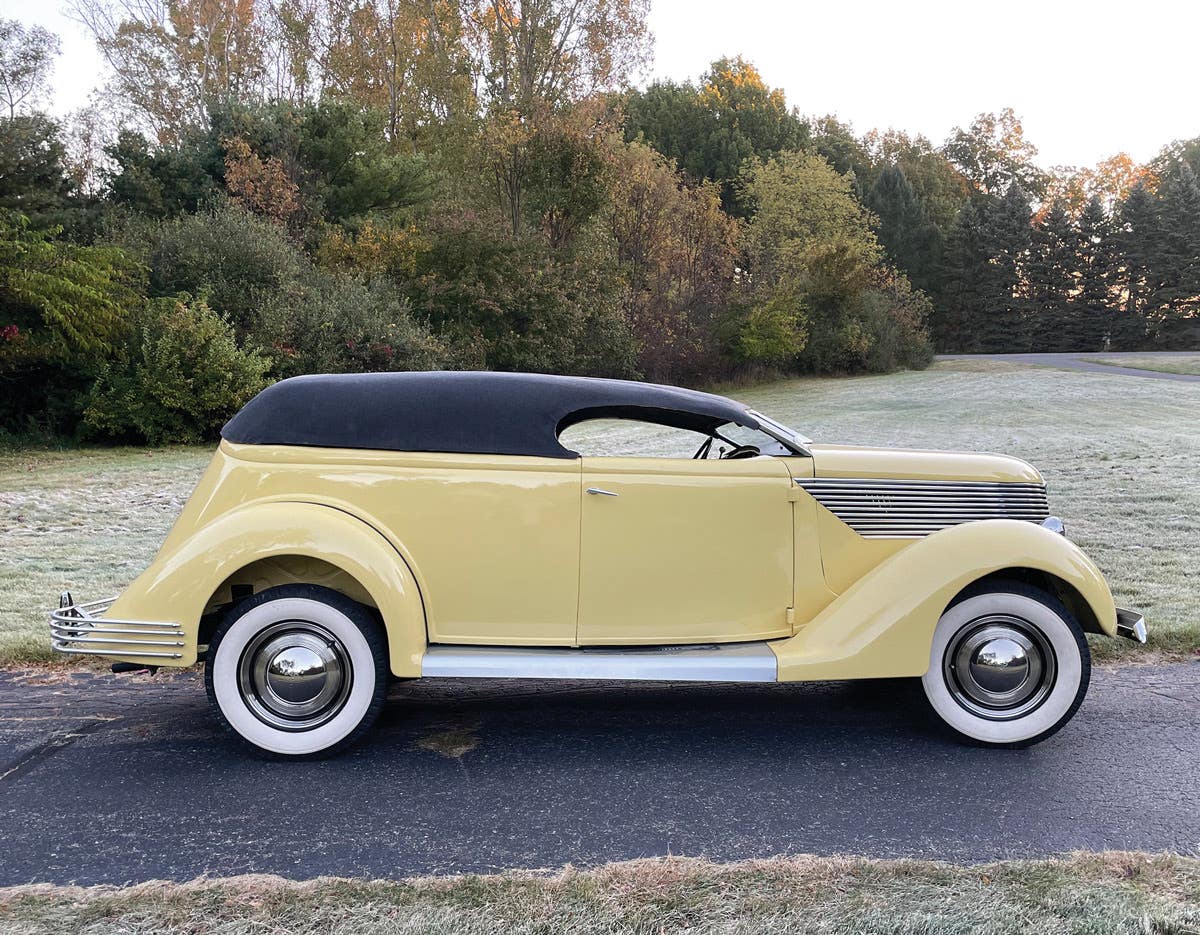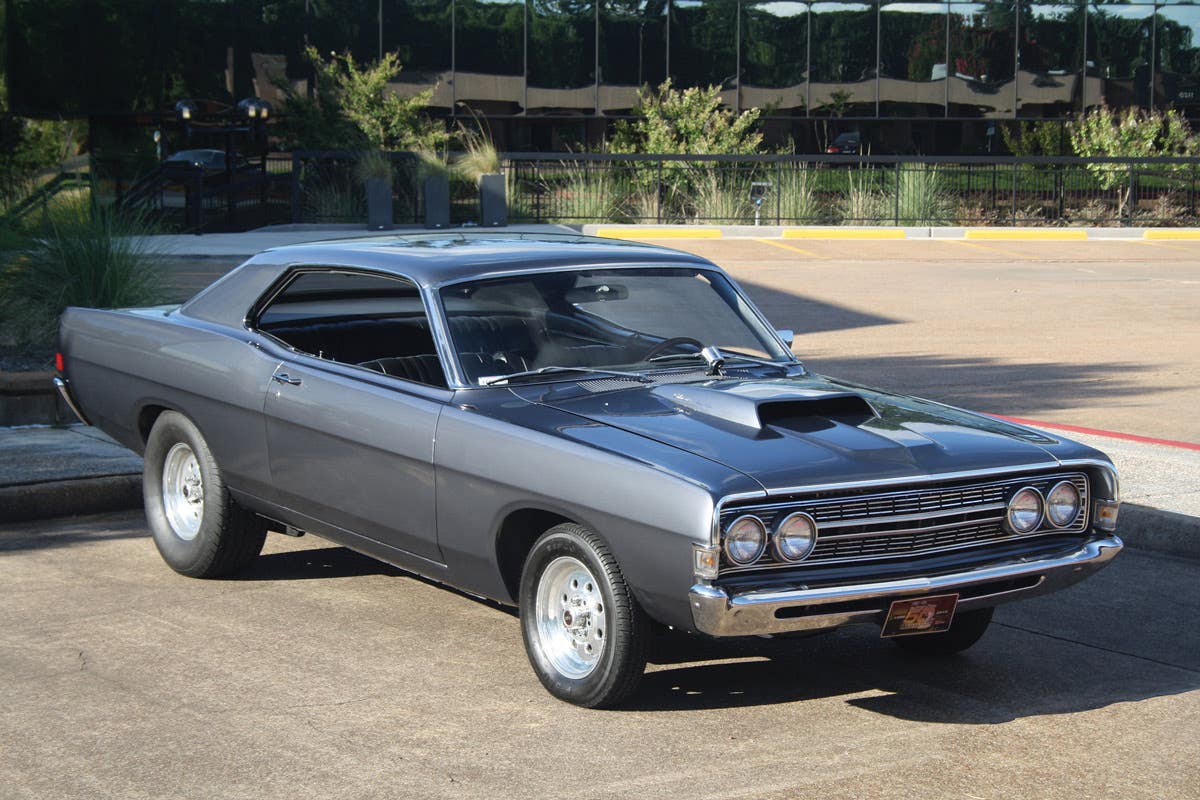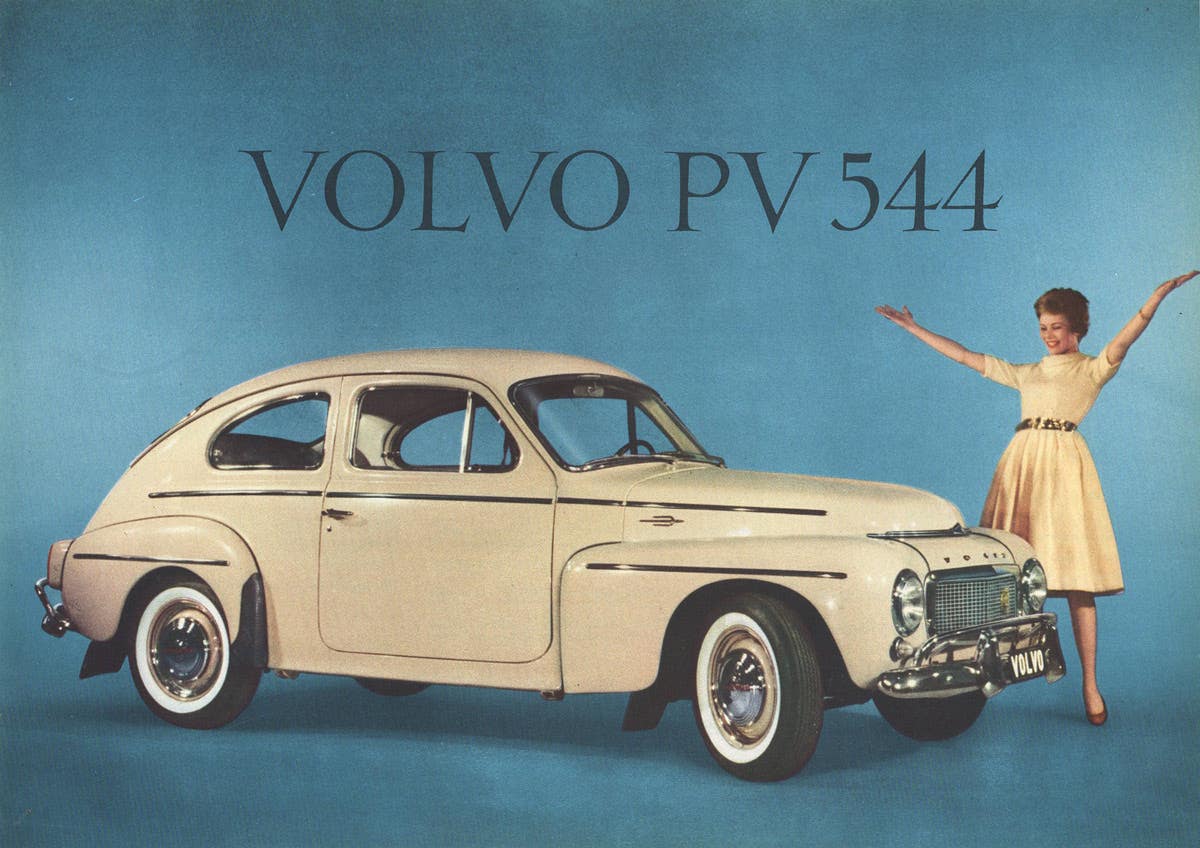Wisconsin’s ‘Cadillac Barn’
In addition to their V-16 and V-12 Cadillacs and the Packard Twelves, Dave and Marlese have many more collector cars. And yes, that Gardner that started it all is still around.
Story and photos
by Angelo Van Bogart
Down a crooked country road in Manawa, Wis., that’s too desolate to warrant a center line, you’ll find exactly what you expect and, if you’re lucky, a few things that will stop you dead in your tracks. The corn-flanked road is home to tractors, pickups and an occasional passing mundane sedan. It’s also a road where you may come upon some of the greatest “Big C” Classic cars to be built in America.
Dave and Marlese Lindsay live on this road, and when they aren’t cultivating their corn fields or feeding their livestock, they’re blowing the dust off their incredible car collection 55 mph at a time.
Car collecting for Dave began in 1969, when he brought a 1926 Gardner home to the farm. Even though Dave’s father questioned his sanity, other old cars followed: Packards, Corvettes, products from the Auburn-Cord-Duesenberg family and this trio of red-and-black multi-cylinder Cadillacs.
“Dad’s first question was, ‘What did you pay for it?’ I told him $6,150 and he turned white,” said Dave.
“He said, ‘You know that farm just north of us that sold two or three months ago? It had a house and a barn. Do you know what they sold it for at auction? $7,500. You darn near paid that much for an old car!”
Car collecting for Marlese began after she married Dave. While he does most of the driving and repairs, Marlese is responsible for keeping each car shining. It’s her touch that makes them stand tall on the show field today.
Cadillac sets a new standard of luxury
The Lindsays didn’t plan to coordinate the colors between their red and black 1931 Cadillac V-12 roadsters and 1930 Cadillac V-16 All-Weather Phaeton that is painted black with red highlights — it just worked out that way.
“I bought the red 1931 Cadillac V-12 roadster first from Dick Gold about 1990,” Dave said. “I guess I saw it advertised that it was going to be for sale down at the Fall Auburn auction and did some homework on it then, and then got down there and saw the car.”
Upon hitting the books, Dave learned the Cadillac V-12 had made its debut in 1931. The announcement of the new engine was the second swing in Cadillac’s one-two punch. Just one year earlier, Cadillac Motor Car Co. President Lawrence P. Fisher had shocked the world by announcing in December 1929 the new V-16 line with an engine that doubled the amount of cylinders Cadillacs had been known for. The V-16 was Cadillac’s way of jumping head-first into the luxury car market with an engine and “super chassis” that used the most “lavish” materials, stated company advertising. Just as the automotive world was getting acquainted with the Series 452 Cadillac, so named for the cubic-inch displacement of the V-16 engine, General Motors followed up with the V-12 engine. Fisher announced the V-12 Series 370 line — also named for the engine’s displacement — in April 1930 and cars hit Cadillac dealerships in October of that year.
The 452-cid V-16 was the first engine to be styled, and indeed it was as beautiful as the cataloged Fleetwood bodies that parent company GM had designed for the Series 452 super chassis. There were no unsightly wires — everything was under cover — and the engine further featured components of shiny black porcelain and enamel, as well as many polished aluminum parts. The whisper-smooth, 45-degree V-16 of 165 hp was capped by a pair of aluminum valve covers painted black with the speedlined tops of each polished to perfection.
The overhead-valve V-16 engine had been developed by Owen Nacker, who joined GM in 1926 as head of engine development. His design for the Cadillac V-16 included a bore and stroke of 3 inches by 4 inches, hydraulic valve silencers and separate fuel and exhaust systems for each bank of eight cylinders. When developing the V-12 for the 1931 model year, Nacker’s engine design was essentially repeated inside and outside, just with two less cylinders per cylinder bank for a displacement of 368 cubic inches (Cadillac rounded the engine displacement to 370 for the V-12 series designation).
On the outside, V-16 and V-12 Cadillacs were also similarly styled with all the day’s en vogue features. Each had large conical headlamps, plated trumpet horns, light and sweeping clamshell fenders and tall, narrow chromium-plated radiator shells. To make them unique in a large field of luxury cars, the V-12 and V-16 had standard chrome-plated screens to mask the Hispano-Suiza-influenced radiator shells that Cadillac began using since the first LaSalle models of 1927. While other 1930 Cadillacs used louvered hoods, the V-16s had five doors on their hood sides, which would become consistent through all Cadillac lines by the time of the V-12 introduction in 1931.
Other differences were subtle. While the V-16 wheelbase was 148 inches, the V-12 passenger car wheelbaseses were 140 and 143 inches (a semi-commercial chassis was offered at 152 inches). The diameter of the V-12 headlamps was 1 inch shorter than the V-16, and the V-12’s dual horns were slightly smaller. Since there were four fewer cylinders than a V-16, the V-12 hood was 4 inches shorter in length.
The stock market crash of October 1929 didn’t immediately affect sales of Cadillac’s pair of super luxury cars, which complemented the existing Cadillac V-8 line and the companion LaSalle make. In 1930, the first year of the Series 452 V-16, Cadillac sold 2,887 cars, which carried one of 54 cataloged Fleetwood semi-custom bodies or a completely custom body from another coachbuilder. Series 370 production was almost double that of the first year: 5,725 Cadillac V-12s were built in 1931. The success of the lower-priced V-12 and the deepening economic depression seriously cut into V-16 sales for 1931, however. A V-16 roadster could be purchased for $5,350 while a V-12 roadster was $3,945. Just 364 virtually unchanged Cadillac V-16s were built in 1931 under the new designation Series 452-A.
V-12 roadster number one
The V-12 roadster Dave found at the 1990 Kruse Fall Auburn auction was a bright red Series 370 roadster recorded by Cadillac as job number 4702 with engine 1004524 and body 73. It was first shipped on May 28, 1931, to Burke Cadillac Co. in Indianapolis and then diverted to Cincinnati. As with many large, expensive cars during the Great Depression, this car apparently moved around between Cadillac dealerships before it found a buyer. When Dave showed up at the Auburn, Ind., auction, it was only a few hours from where Cadillac had first shipped it for sale. It would soon leave Indiana again.
“It didn’t go through the auction,” Dave said. “It was in the main tent there, the main area, and Dick (Gold) and I talked about it and he said, ‘Why don’t you just buy it from me and then we’ll run it through the auction and if it goes for more, you pay me for it?’ We did that and I think that it sold for almost the same dollar amount that I paid.”
Gold had apparently restored the car to red some time before Dave bought it. The original Cadillac Motor Car Co. check sheet notes it originally had “John Reilly Seraple” blue leather upholstery, including in the rumble seat area, and a Burbank top. The body moulding, chassis and fenders were painted Mandalay Blue and the lower panels were Samarkand Gray. A Tokio Ivory body stripe accented the body colors and the Delphine Blue wheel hubs and felloes, which carried the optional stainless-steel spokes. The only extra equipment noted on the check sheet was a Heron hood ornament.
Besides what the build sheet shows, Lindsay does not know much about the car’s past except Dick Gold “had it for quite a while and had it restored.”
Black roadster or convertible coupe?
By 2001, the Lindsays had added a 1930 Cadillac V-16 All-Weather Phaeton painted black with red highlights to their collection. The next logical step would be to bookend the V-16 with the red V-12 roadster and another V-12, this one in black. Actually, that wasn’t the plan, but that’s how the collection evolved.
“The black V-12 roadster was purchased out at Scottsdale, and my informant that day was Kenny (Buttolph).There were two or three Cadillac V-12s there, and one of them was a black 1931 convertible coupe with a rumble seat,” Dave recalled.
“That day, or the day before, Kenny and I were over looking at the cars and there was the convertible coupe and the roadster, and they were having trouble getting the black roadster to run right. Kenny and I fiddled with it and determined what the problem was — it had to do with the carbs; they weren’t synchronized... When it came time for the auction, they didn’t bring the roadster in. They brought in the convertible coupe and I ended up buying it.
“The next morning, I came back to look at it and go over it and on those cars (convertible coupes), the roll-up windows in the suicide doors follow track guides for support in the windshield pillars. That whole support was broken off and laying on the floor. I went back and said this car wasn’t right. The auction company said, ‘Well, what can we work out?’ and I said I would really like to have the roadster instead.”
The auction company told Dave what he already knew — the roadster wasn’t running right, but he thought he knew the source of the problem and was willing to chance it. After adding another $10,000 to his winning bid, Dave made a deal for the black 1931 Cadillac V-12 roadster instead of the matching black convertible coupe.
“When we got it home, it turned out there were some other problems with the car. We could never get the darn thing to run and idle as it should. One day, I had the black roadster and the red roadster next to each other and pulled the valve covers off. Lo and behold, on the red car, there were thick washers under the valves. The Girdaskus boys (at Vintage Vehicles near Wautoma, Wis.) had been trying to fiddle with it, and I found those thicker washers and said that might be the problem. We put those (thick) washers under the valve springs and the car ran perfect.”
This black Series 370 roadster was shipped on Jan. 30, 1931, to Cadillac’s Chicago Branch via will call with engine number 1002317 and body number 46 as job 4702. It was Fisher order number 961.
While the Lindsays’ black roadster fits the color scheme of their red and black triumvirate, it originally had Saxon Gray lower panels with Ravenswood Brown mouldings, fenders and chassis. The top was Burbank, and body stripe was Tokio Ivory. The Cadillac Motor Car Co. Check Sheet initially noted black wheel hubs and felloes, the color was scratched out by hand and “gray” was penned in its place. The stainless steel wheel spokes on the car today were denoted on the original check sheet, and the only extra equipment originally noted was 9 quarts of alcohol.
V-12 vs. V-16 vs. Packard
Having V-12 and a V-16 Cadillacs of the same era begs the comparison “which is better?” Many publications note the V-12 as being a little better overall, but Dave has his own opinion as to how the Cadillacs compare to each other, and how they compare to other Classics in his collection, such as his later 1934 and 1937 12-cylinder Packards.
“The (Cadillac) 12-cylinders have a little more snap to them than the V-16,” he said. “The 16 runs awfully smooth, you can’t deny that, but I think it partly is the difference between it being a four-door and a roadster — the roadsters were intended to be a little more sporty; they have a little more kick.
“As compared to a Packard, the 12-cylinder Packard is kind of a different car, a different engine. They probably have a lot more lugging ability in my estimation than a 12-cylinder Cadillac. More torque.
“What’s interesting is the 12-cylinder Packard has a few less cubic inches of displacement than the 16-cylinder Cadillac (Cadillac’s 452 cid versus Packard’s 445.5 cid). The Packard Twelve is a better engine, in my way of thinking.
“A Packard Twelve is an awfully nice car to drive — my 1937 Packard limousine is very nice to drive. But it’s a 1937 compared to a ’31 Cadillac. My ’34 (Packard Twelve convertible roadster) is more equal and on par to the Cadillac... but it is a much heavier car than the ’31 Cadillac roadsters. The ’31 Cadillac roadster is a pretty snappy car, really. It probably has a little more pickup than a ’34 Packard Twelve.”
Making dad proud
In addition to their V-16 and V-12 Cadillacs and the Packard Twelves, Dave and Marlese have many more collector cars. And yes, that Gardner that started it all is still around. Although his father has passed away, Dave thinks his dad would be happy knowing the Gardner hasn’t gone anywhere.
“He liked the car. Come Sunday, he’d say, ‘We’re going to take the Gardner to church today, aren’t we?’
“And he’d be in the front seat.”
Perhaps his dad is still riding along in the front seat, at least in spirit.
______________________
Show us your wheels!
If you’ve got an old car you love, we want to hear about it. Email us at oldcars@krause.com
2016 Collector Car Price Guide
HOT OFF THE PRESS! OUR NEW EDITION!
The 2016 edition of the Collector Car Price Guide is here! Pricing information is available for collectors, restorers, buyers, sellers, insurance agents and anyone who could benefit from reliable and authoritative data. The 2016 edition lists all models made by 109 carmakers and 37 truck makers between 1901 and 2008! This brand-new version includes over 275,000 prices for sports cars, domestic cars, imported cars, classic cars, special-interest automobiles, muscle cars, and trucks in 6 conditions.



